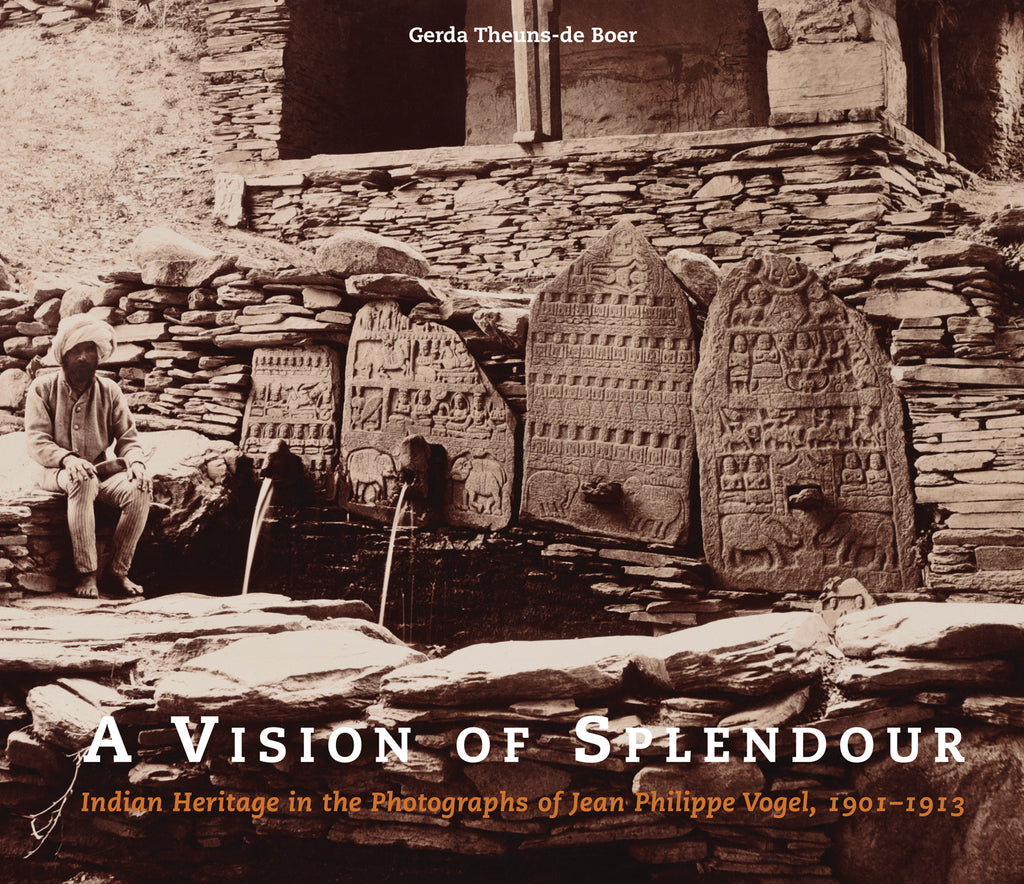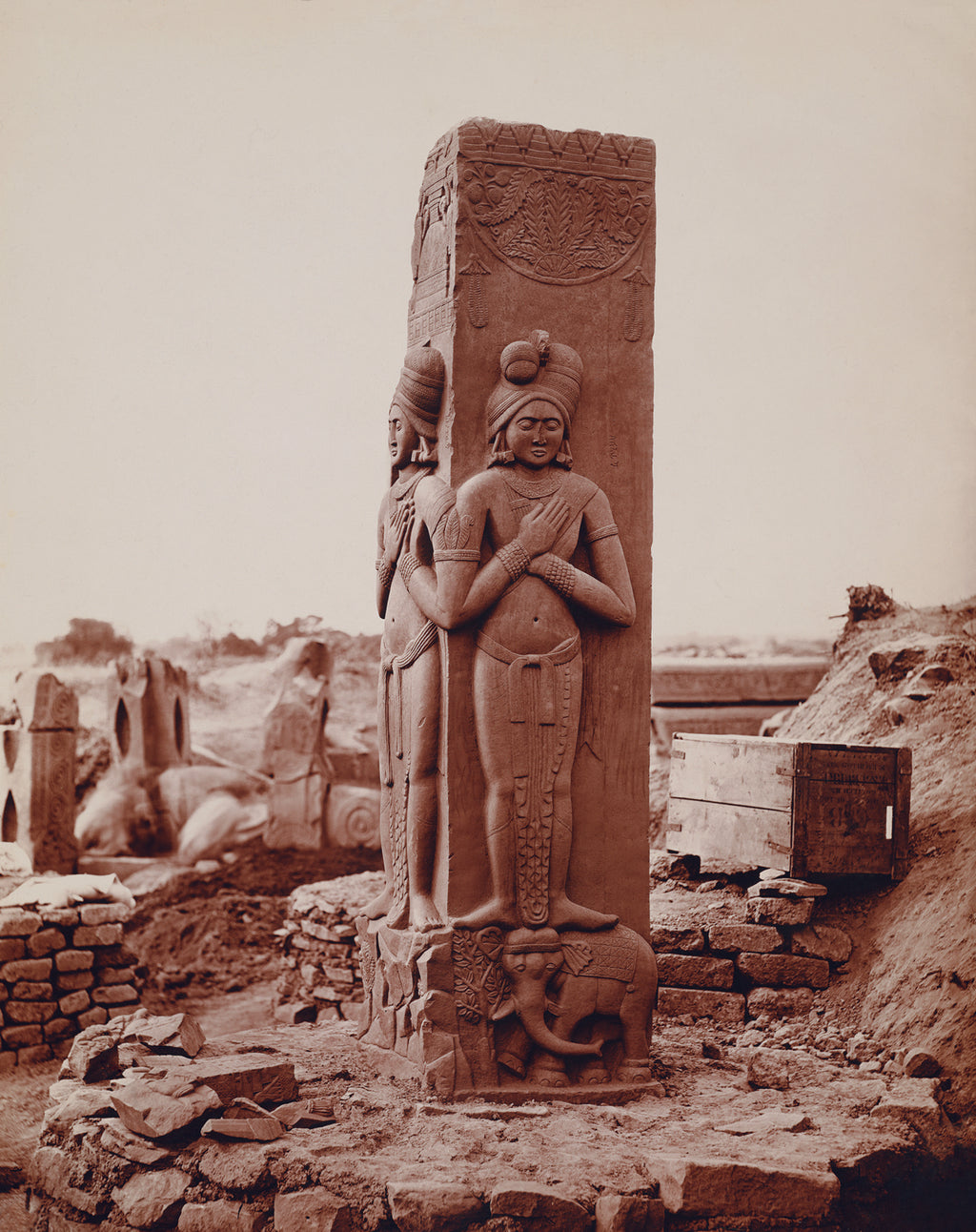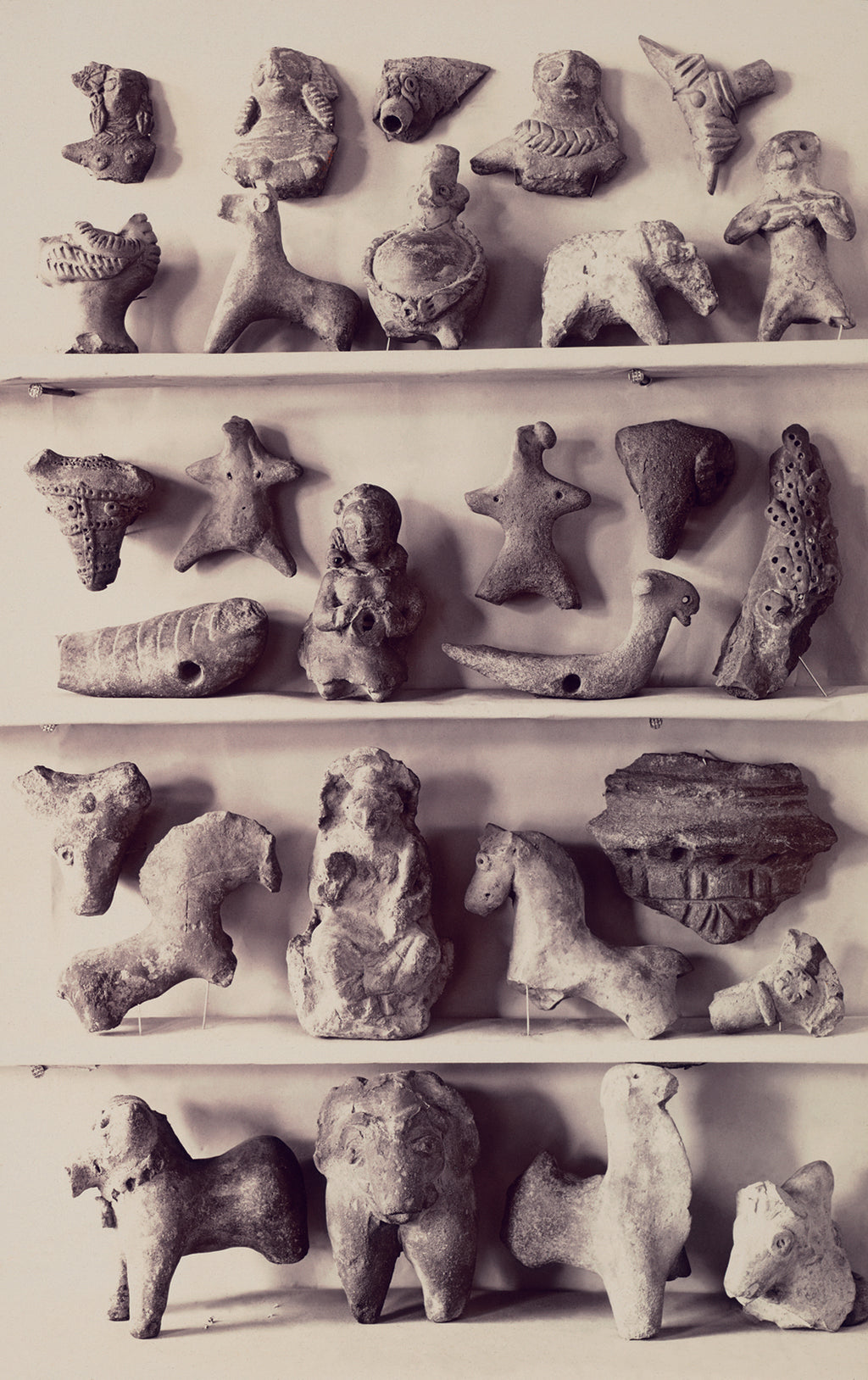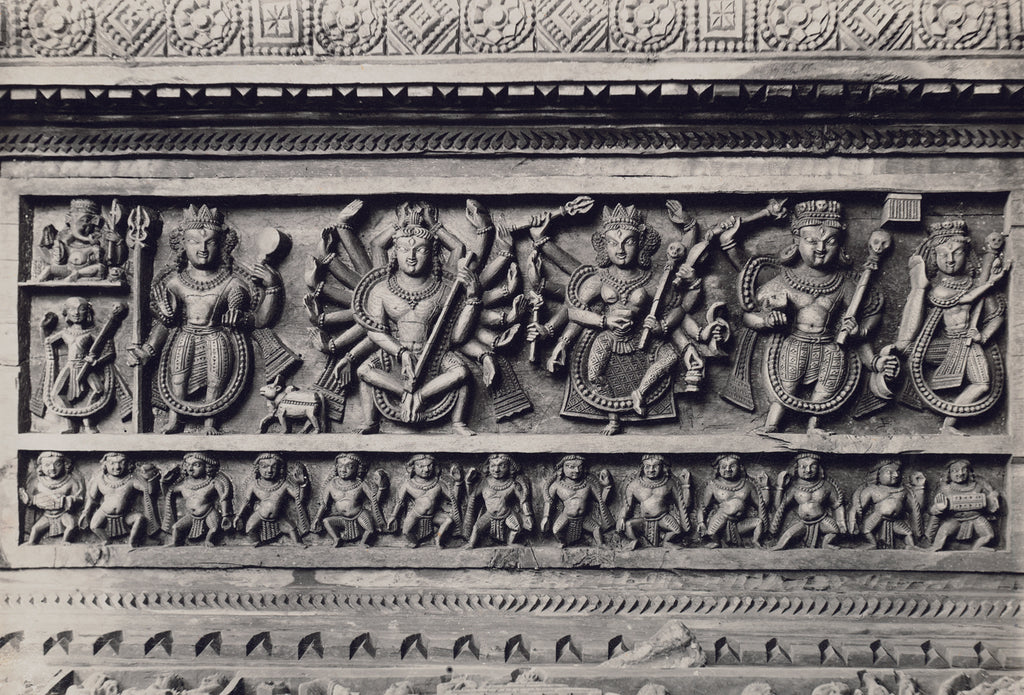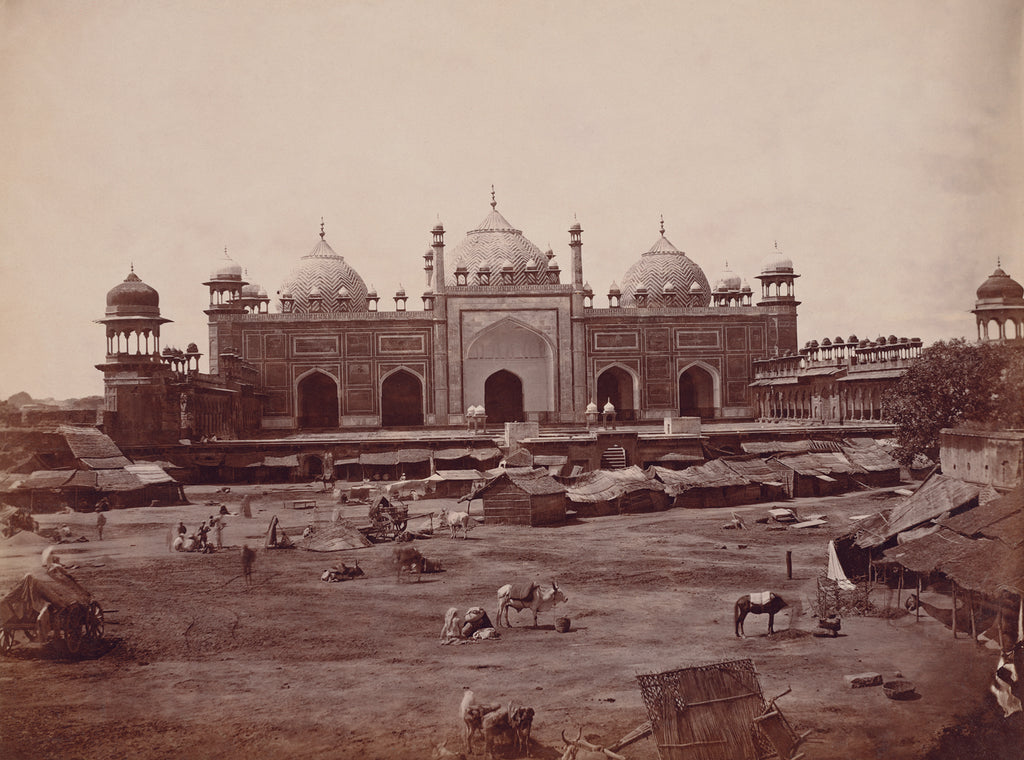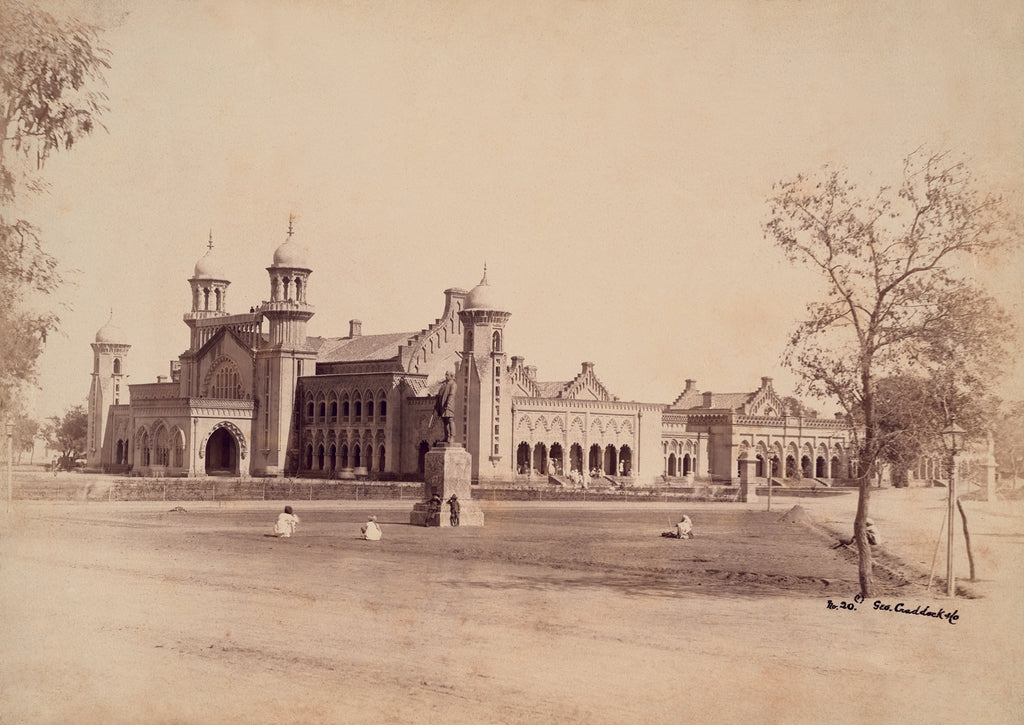A Vision of Splendour
Indian Heritage in the Photographs of Jean Philippe Vogel, 1901–1913The early twentieth century proved to be a highly innovative period for Indian historical archaeology and heritage care.
- Category: All Books, Archaeology, MAPIN20, Photography
A meticulously produced work of colonial and photographic history. —The Telegraph
In January 1901 the Netherlands Sanskritist Jean Philippe Vogel (1871–1958) was invited to enter the A. S. I. as the Superintendent for the Panjab, Baluchistan and Ajmir Circle, later geographically extended and renamed the Northern Circle. He considered it a privilege to contribute to the process of “passing on India’s monuments in the full splendour of their authenticity,” and enrich his academic knowledge by working in the context of the indigenous culture of India. Vogel’s personality and expertise of Sanskrit and epigraphy, history and art history made him soon become the confidant and prospective successor of John Marshall, the new Director General of the Archaeological Survey.
This publication highlights Vogel’s contribution to early twentieth-century archaeology, including an introductory retrospective on nineteenth-century Indian archaeology. Vogel’s vision towards preservation and restoration, the “art of fieldwork” and the educational display of archaeological exhibits in museums is extensively documented with photographic prints dating from 1870 to 1920. The photographs are part of the Jean Philippe Vogel collection at the Kern Institute of the Universiteit Leiden and have been carefully selected to underpin the various aspects of heritage care of the twentieth century. All 150 photos are embedded in their art- and photo-historical context. Vogel’s diaries and letters not only shed a great deal of light on his archaeological activities, but also picture his unique position as a Dutch citizen operating in a society where neither the indigenous culture nor that of the colonial ruler was his own. These unique data are the basis for the final chapter in which Vogel’s observations help to sketch the social relations within Anglo-Indian society and the process of Indianization of the archaeological department.
With special reference to Vogel’s explorations and excavations in Gandhara,the Panjab Hill States (Chamba), Kasia (Kusinagara), Saheth-Maheth (Sravasti) and Mathura. Includes a chronology of his archaeological activities and a pictorial gallery of his fellow colleagues.
Gerda Theuns-de Boer studied art and archaeology of South and Southeast Asia at the Rijksuniversiteit Utrecht. Her current focus is on art and archaeology photography. She is the manager of the photo collection of the Kern Institute (Department of Languages and Cultures of India and Tibet) in Leiden. Recently, she published a monograph on the photographic corpus of Isidore van Kinsbergen, the Netherlands-Belgian photographer and theatre maker, Isidore van Kinsbergen (1821–1905): Fotopionier en Theatermaker in Nederlands-Indie/Photo Pioneer and Theatre Maker in the Dutch Indies (2005).
• Map
• The Kern Institute Photographic Collections
• On the Threshold of Renewal: A Reorganized Archaeological Survey
• Lahore: Life as a Surveyor
• A Delightful Burden: Heritage Care in a New Age
• The Art of Fieldwork
• Archaeological Heritage in the Museum:To Interest the Uninformed and Inform the Interested
• All in the Family? On Britishers, Europeans and the Indianization of the Survey
• Epilogue
• Chronology
• Abbreviations and Acknowledgements
• Glossary
• Bibliography
• Index
| ISBN | 9788189995027 |
| Pages | 192 |
| Number of photographs | 150 colour |
| Size | 11 x 9.5" (280 x 241 mm), hc |
| Date of Publishing | 2008 |
| Language(s) | English |
| Co-publisher(s) | In association with Kern Institute, Leiden |
| Rights Available | World rights |





